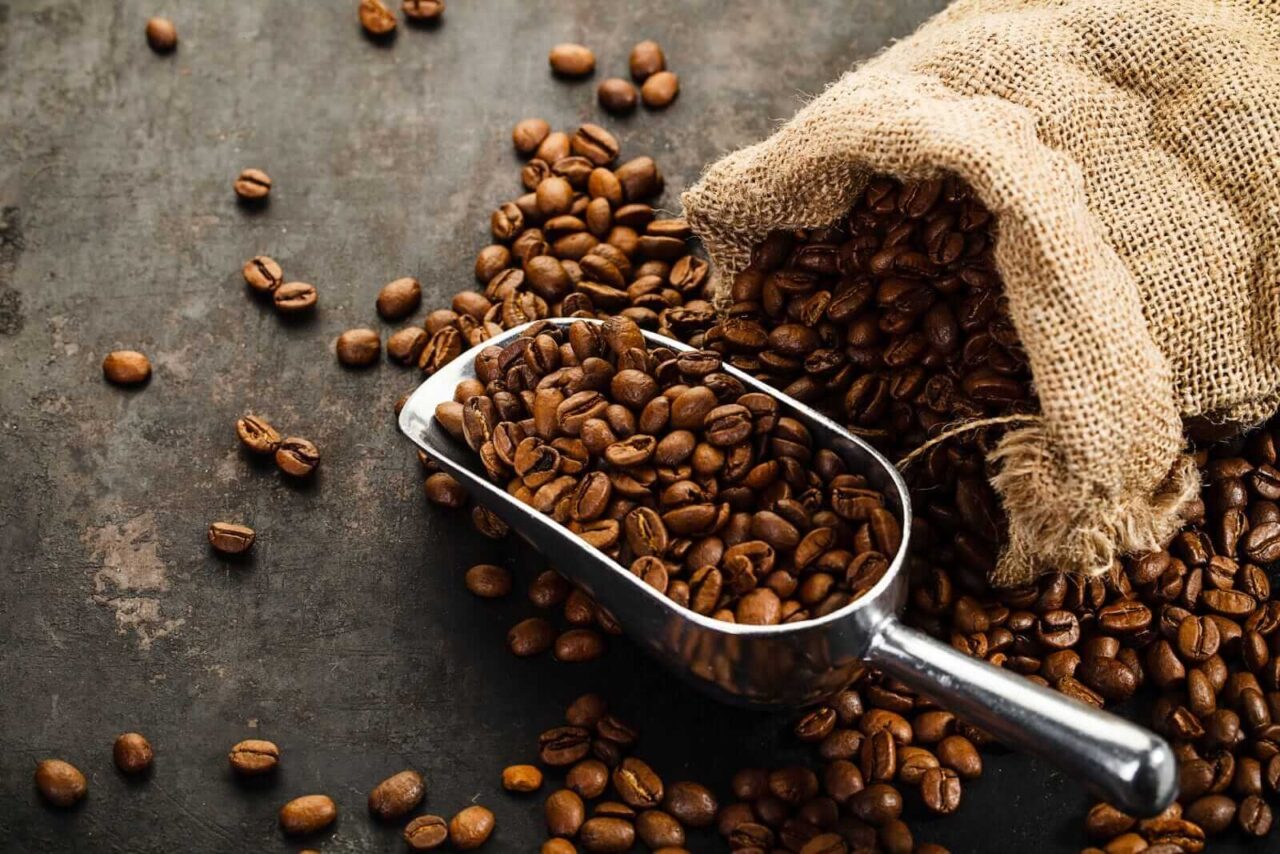Global coffee futures tumbled on Wednesday as traders reacted to forecasts of abundant supply and ongoing concerns about demand. July arabica coffee closed down 11.55 cents (-3.07%) to reach a three-week low, while July robusta coffee declined by $119 (-2.32%) to hit a five-week low.
The sharp downturn follows several updates pointing to a surge in production across major coffee-producing countries. The U.S. Department of Agriculture (USDA) recently projected Honduras, Central America’s top coffee producer, to grow 5.8 million bags in the 2025/26 season, marking a 5.1% year-on-year increase.
Brazil, the world’s largest coffee producer, also revised its figures upward. Forecasts from Safras & Mercado now estimate Brazil’s 2025/26 output at 65.51 million bags, up from 62.45 million. Brazil’s official crop agency, Conab, raised its 2025 arabica and robusta production estimate to 55.7 million bags, up from a prior 51.81 million.
Adding further pressure on prices, coffee inventories are increasing. ICE-monitored stocks of robusta rose to a 7.5-month high of 4,626 lots, while arabica inventories climbed to 844,473 bags, the highest in nearly three months.
Demand-side fears are also weighing on the market. Global buyers like Starbucks, Mondelez, and Hershey have flagged rising costs due to the U.S. government’s 10% baseline import tariff, warning that this could impact retail pricing and consumption volumes.
Still, there are signs of tightening in some segments. Brazil’s green coffee exports in April fell 28% year-on-year to 3.05 million bags, according to Cecafe. Cumulative exports from January to April are also down 15.5%, totaling 13.19 million bags.
Concerns about Brazil’s future supply persist due to drought conditions. Rabobank estimates a 13.6% drop in Brazil’s 2025/26 arabica crop to 38.1 million bags, citing weak flowering caused by prolonged dry weather. Rainfall in Minas Gerais, the country’s key arabica-growing region, was just 0.8 mm last week—only 16% of the seasonal average.
On the robusta front, Vietnam—the top producer of the variety—is also facing challenges. The country’s Jan-Apr 2025 coffee exports dropped 9.8% to 663,000 metric tons, according to the National Statistics Office. Production for the 2023/24 season fell by 20% to 1.472 million metric tons, the lowest in four years. The Vietnam Coffee and Cocoa Association now forecasts 2024/25 output at 26.5 million bags, down from a previous 28 million.
However, Brazil’s robusta outlook remains bullish. Rabobank projects a 7.3% increase in Brazil’s 2025/26 robusta output to a record 24.7 million bags.
The long-term export outlook remains mixed. Brazil’s 2024 coffee exports surged 28.8% year-on-year to a record 50.5 million bags, according to Conab. But globally, the International Coffee Organization (ICO) reported a 2.1% drop in coffee exports for the first six months of the 2024/25 season, totaling 67.73 million bags.
USDA’s biannual report in December painted a nuanced picture. While total world coffee production for 2024/25 is expected to rise 4% to 174.86 million bags, ending stocks are forecast to decline by 6.6% to just 20.87 million bags—a 25-year low.
Additionally, Volcafe has cut its Brazil 2025/26 arabica production forecast to 34.4 million bags, down 11 million from a previous estimate, due to the effects of prolonged drought. The firm now projects a global arabica deficit of 8.5 million bags for 2025/26, up from a 5.5 million bag shortfall the previous year—marking the fifth consecutive year of global arabica deficits.
Despite near-term pressure from rising inventories and bearish forecasts, long-term concerns over weather, tariffs, and export bottlenecks continue to cast uncertainty over the coffee market’s trajectory.
